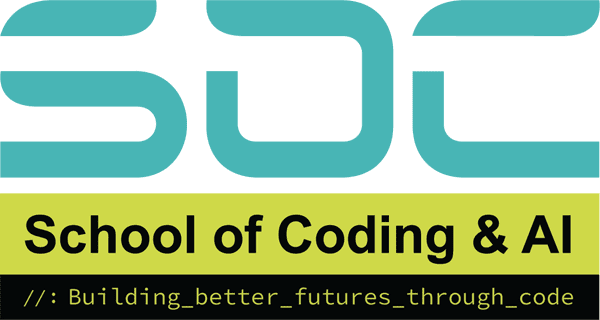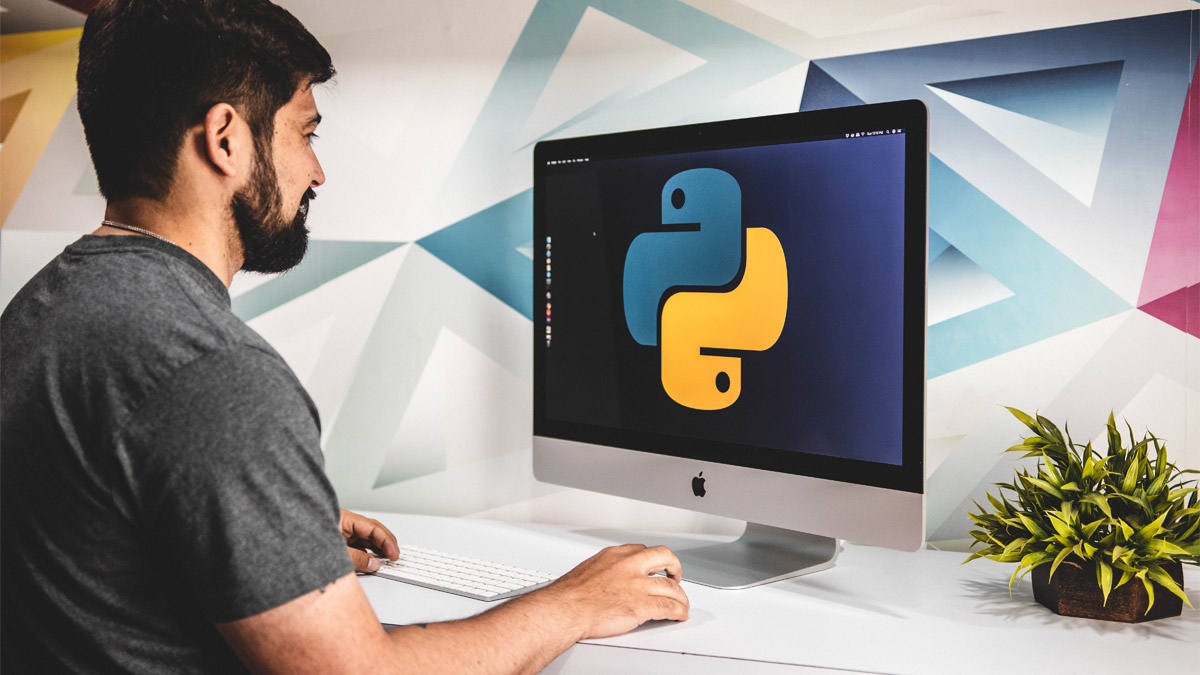Introduction
Pattern programs in C are common in coding interviews, particularly among beginners and intermediate programmers. Whether you’re searching for a software engineering position or simply brushing up on your coding abilities, understanding pattern programs in C is essential. These challenges will put your mastery of loops, conditional statements, and fundamental algorithmic thinking to the test. Let’s dig into the world of pattern programs in C, where we’ll look at some key examples that you’re likely to see in coding interviews.
Why Are Pattern Programs Important in Coding Interviews?
Pattern programs may appear simple at first, but they are an effective tool for interviewers to evaluate your problem-solving ability. They evaluate:
- Logic development: To properly print a pattern, you must think algorithmically and carefully create the code structure.
- Loop mastery: Understanding nested loops and how they behave is essential when working with patterns.
- Attention to detail: Minor errors in loops might cause the entire pattern to break, allowing interviewers to see how diligent you are when coding.
Coding these pattern programs in C improves your precision and control over programming principles, making it an excellent opportunity to demonstrate your abilities.
Also Read – What is Java Programming?
Understanding the Basics of Pattern Programs
Before we get into specific examples, let’s quickly go over some key ideas that will help you write any pattern program in C:
- Nested loops: Most pattern applications have layered ‘for’ or ‘while’ loops. The outer loop usually controls the number of rows, whereas the inner loop controls the amount of characters or columns per row.
- Conditions within loops: Logical conditions are frequently required in patterns to print the correct characters or symbols in the appropriate positions.
- Manipulation of spaces: Many patterns involve printing spaces to ensure alignment. Understanding how to manage whitespace in the program is essential for developing your pattern.
Top 5 Essential Pattern Programs in C
Let’s take a look at five classic patterns that are commonly asked during coding interviews.
1. Star Triangle Pattern
This is one of the most basic patterns that interviewers love to ask, especially if you’re new to programming.
Code:
c
Copy code
#include <stdio.h>
int main() {
int i, j, rows;
printf(“Enter the number of rows: “);
scanf(“%d”, &rows);
for (i = 1; i <= rows; i++) {
for (j = 1; j <= i; j++) {
printf(“* “);
}
printf(“\n”);
}
return 0;
}
Output for rows = 5:
markdown
Copy code
*
* *
* * *
* * * *
* * * * *
This pattern increases the number of stars per row, creating a right-angled triangle. Mastering this simple pattern is the first step towards solving more complex patterns in C.
2. Inverted Pyramid Pattern
A slight variation of the triangle pattern is the inverted pyramid. This showcases the reverse logic and requires controlling both stars and spaces.
Code:
c
Copy code
#include <stdio.h>
int main() {
int i, j, rows;
printf(“Enter the number of rows: “);
scanf(“%d”, &rows);
for (i = rows; i >= 1; –i) {
for (j = 1; j <= i; ++j) {
printf(“* “);
}
printf(“\n”);
}
return 0;
}
Output for rows = 5:
markdown
Copy code
* * * * *
* * * *
* * *
* *
*
This pattern demonstrates the reverse of the triangle pattern, requiring you to carefully manage your loop counters.
3. Number Pyramid Pattern
A popular alternative to the star patterns is the number pyramid. Instead of stars, we use numbers, which adds a twist of logic.
Code:
c
Copy code
#include <stdio.h>
int main() {
int i, j, rows;
printf(“Enter the number of rows: “);
scanf(“%d”, &rows);
for (i = 1; i <= rows; i++) {
for (j = 1; j <= i; j++) {
printf(“%d “, j);
}
printf(“\n”);
}
return 0;
}
Output for rows = 5:
Copy code
1
1 2
1 2 3
1 2 3 4
1 2 3 4 5
This pyramid builds from 1 at the top and adds numbers incrementally in each row, reinforcing your understanding of loop counters and conditionals.
4. Hollow Square Pattern
The hollow square pattern is a more challenging variation, requiring conditional logic to only print stars at the borders while leaving the inner part blank.
Code:
c
Copy code
#include <stdio.h>
int main() {
int i, j, size;
printf(“Enter the size of the square: “);
scanf(“%d”, &size);
for (i = 1; i <= size; i++) {
for (j = 1; j <= size; j++) {
if (i == 1 || i == size || j == 1 || j == size) {
printf(“* “);
} else {
printf(” “);
}
}
printf(“\n”);
}
return 0;
}
Output for size = 5:
markdown
Copy code
* * * * *
* *
* *
* *
* * * * *
This pattern requires careful condition-checking and helps refine your understanding of controlling loops within loops.
5. Diamond Pattern
The diamond pattern is a combination of two triangle patterns – one facing upwards and the other downwards. It’s a great way to test your ability to manage both stars and spaces in more complex designs.
Code:
c
Copy code
#include <stdio.h>
int main() {
int i, j, rows, space;
printf(“Enter the number of rows: “);
scanf(“%d”, &rows);
space = rows – 1;
// Top half of the diamond
for (i = 1; i <= rows; i++) {
for (j = 1; j <= space; j++)
printf(” “);
space–;
for (j = 1; j <= (2 * i – 1); j++)
printf(“*”);
printf(“\n”);
}
// Bottom half of the diamond
space = 1;
for (i = 1; i <= rows – 1; i++) {
for (j = 1; j <= space; j++)
printf(” “);
space++;
for (j = 1; j <= (2 * (rows – i) – 1); j++)
printf(“*”);
printf(“\n”);
}
return 0;
}
Output for rows = 5:
markdown
Copy code
*
***
*****
*******
*********
*******
*****
***
*
This pattern involves manipulating both stars and spaces in a more intricate manner, making it an ideal problem to test your overall grasp of pattern programs in C.
Conclusion
Pattern programs in C are a fantastic method to be ready for coding interviews. They test your logical reasoning, help you understand nested loops, and require precise coding. Whether it’s simple triangles or more sophisticated designs like diamonds, learning these patterns will boost your programming skills and prepare you for more difficult coding difficulties. Continue practicing these core pattern programs in C to ace your next interview with confidence!







